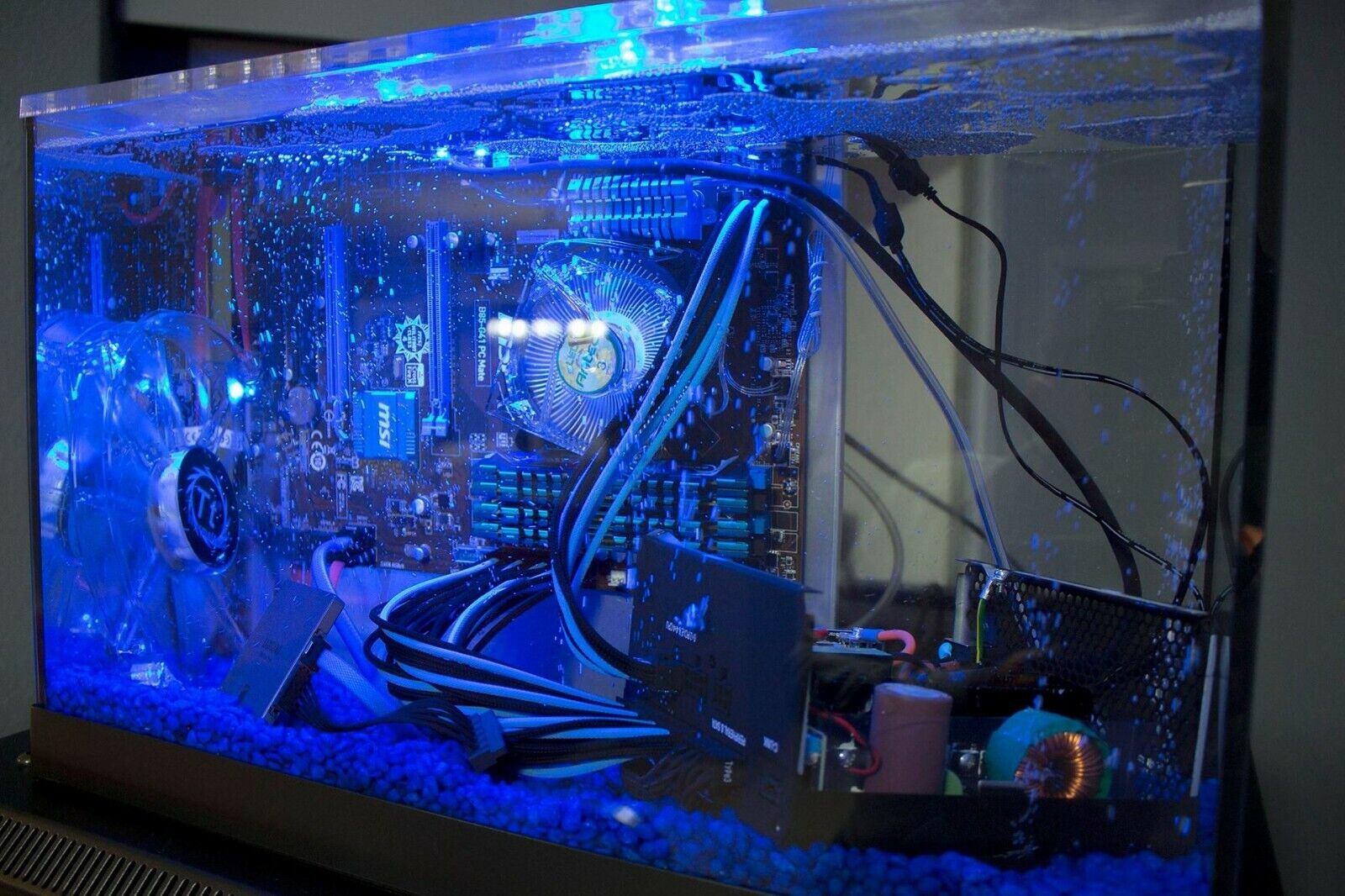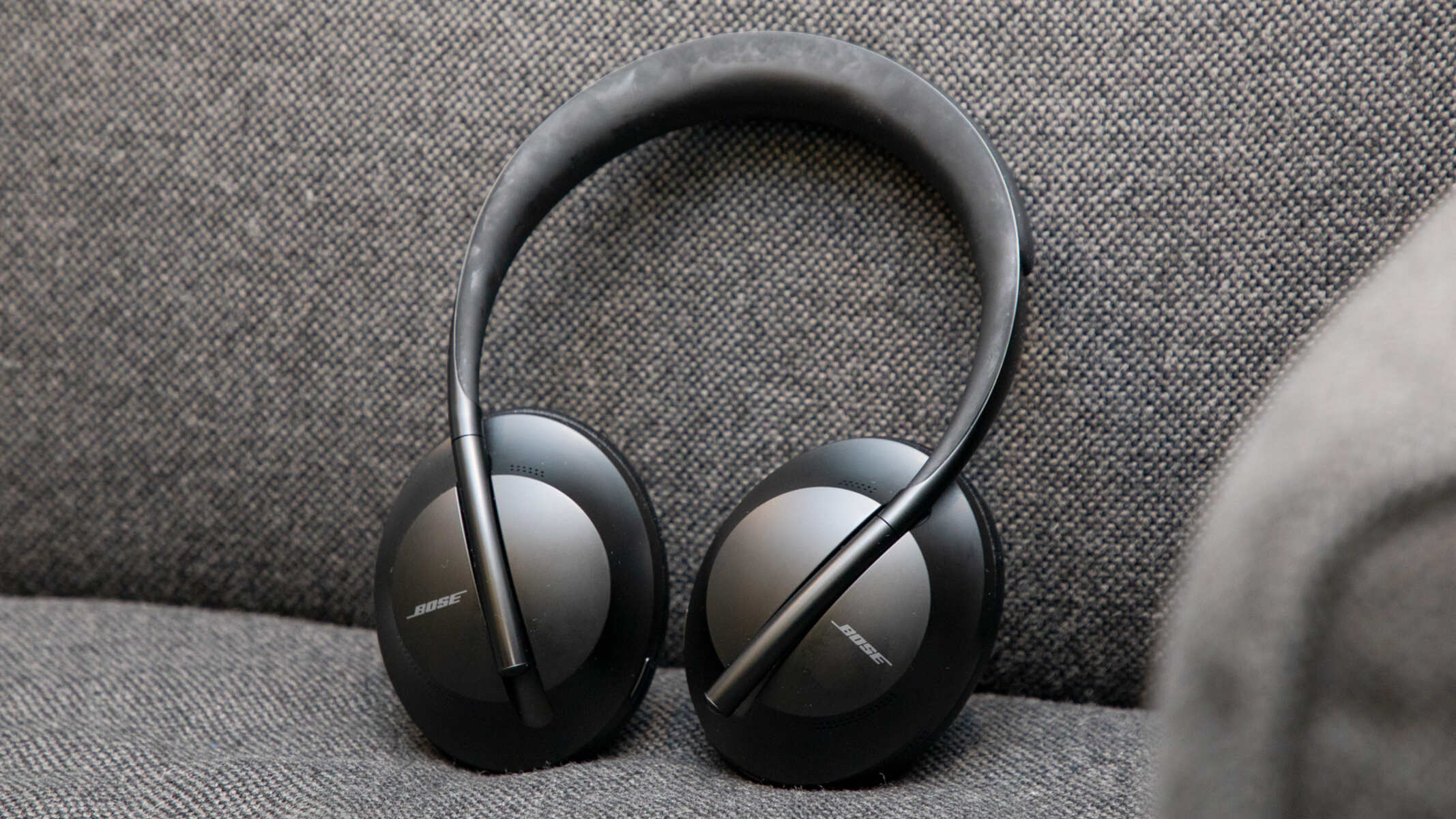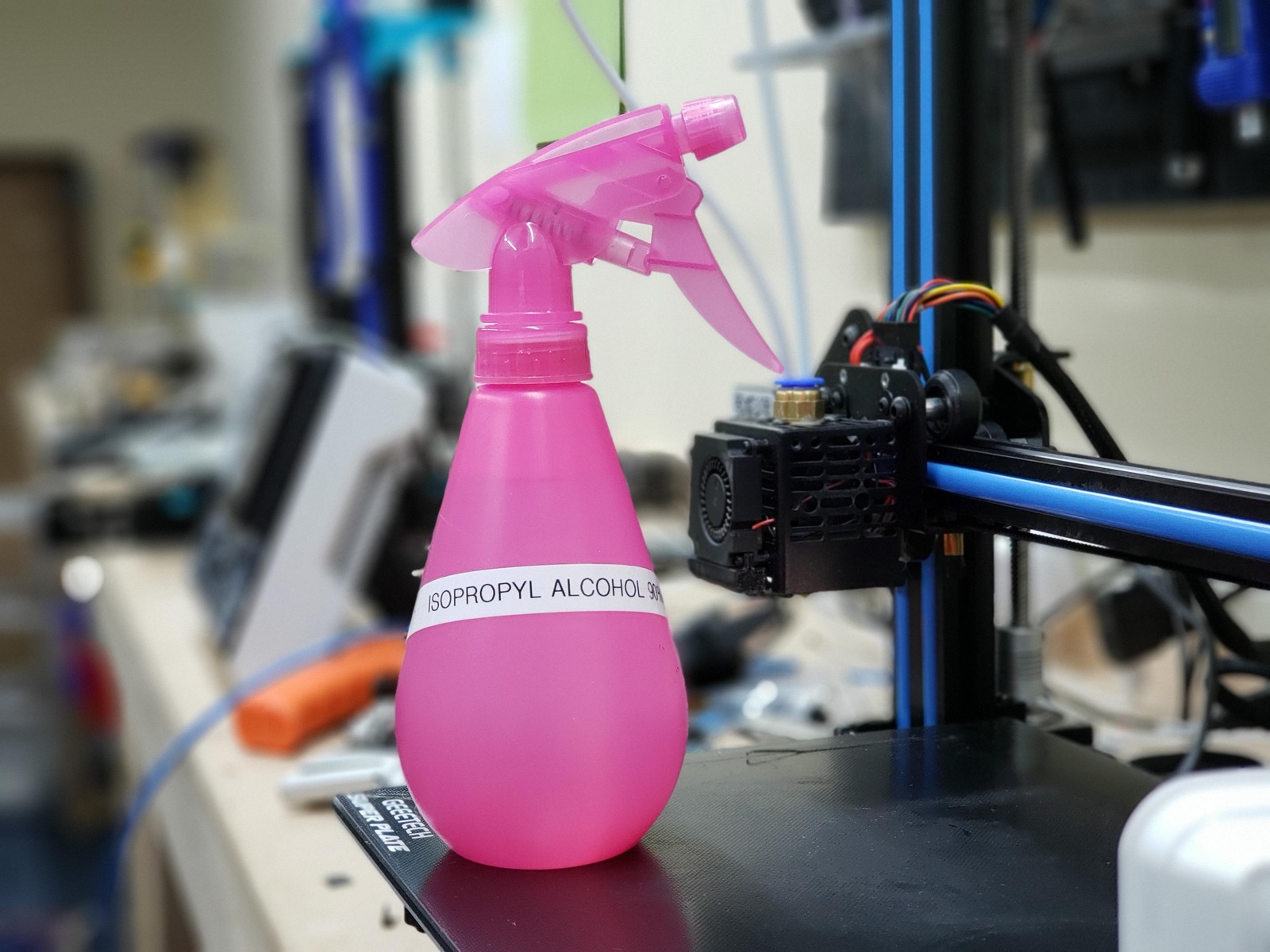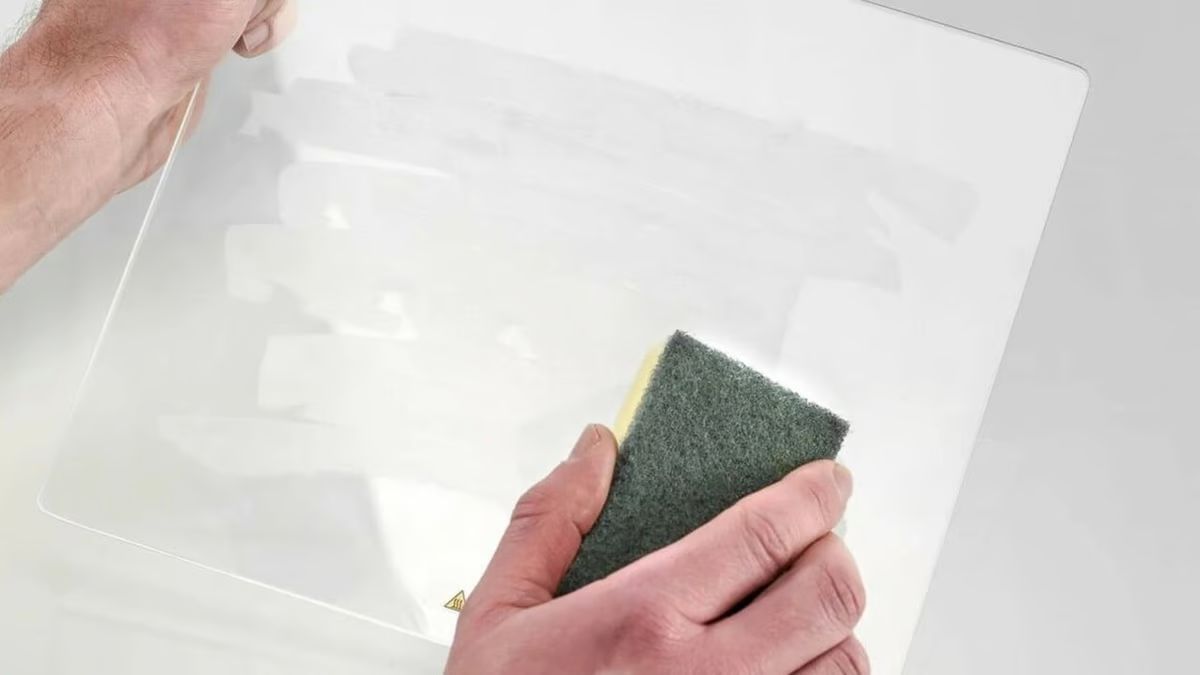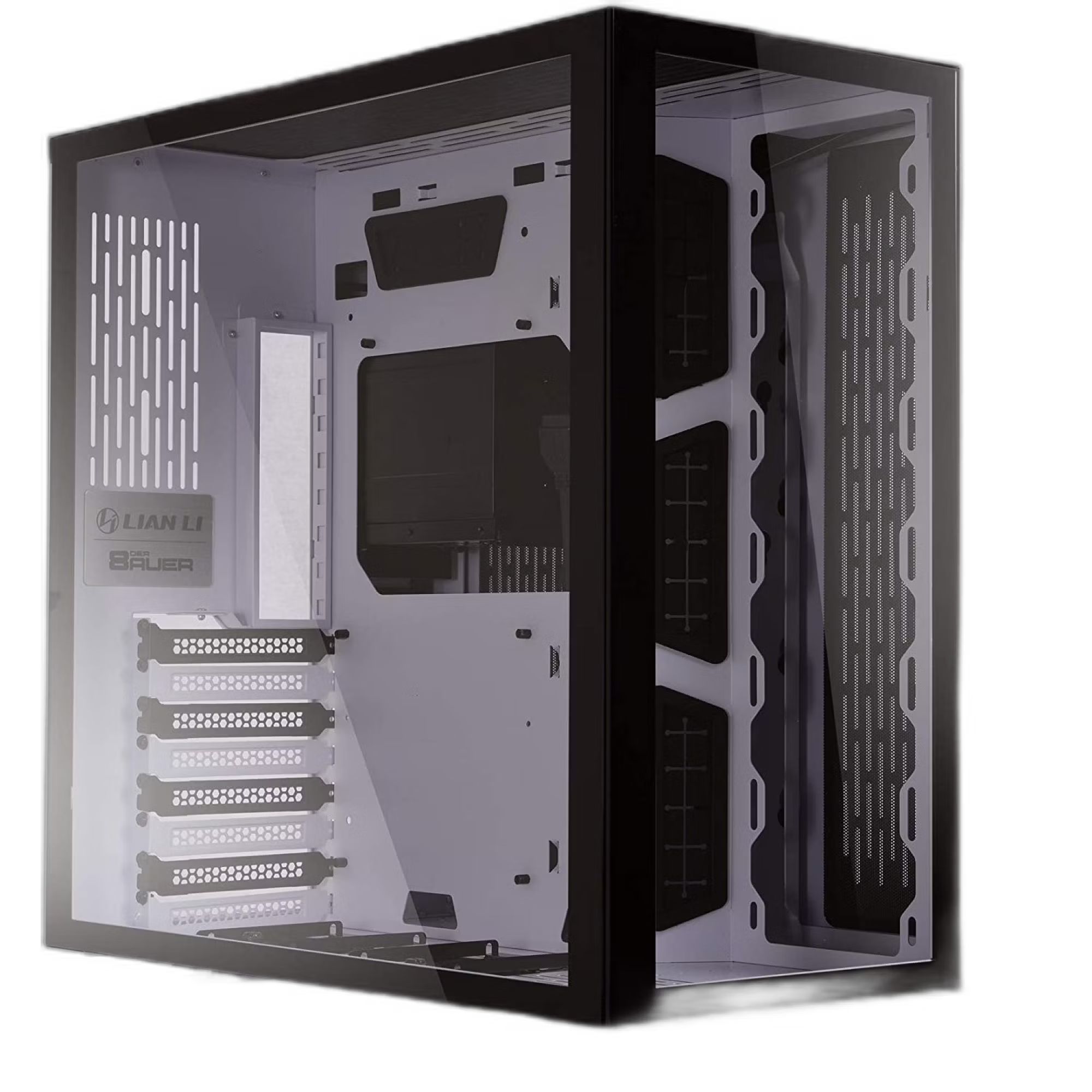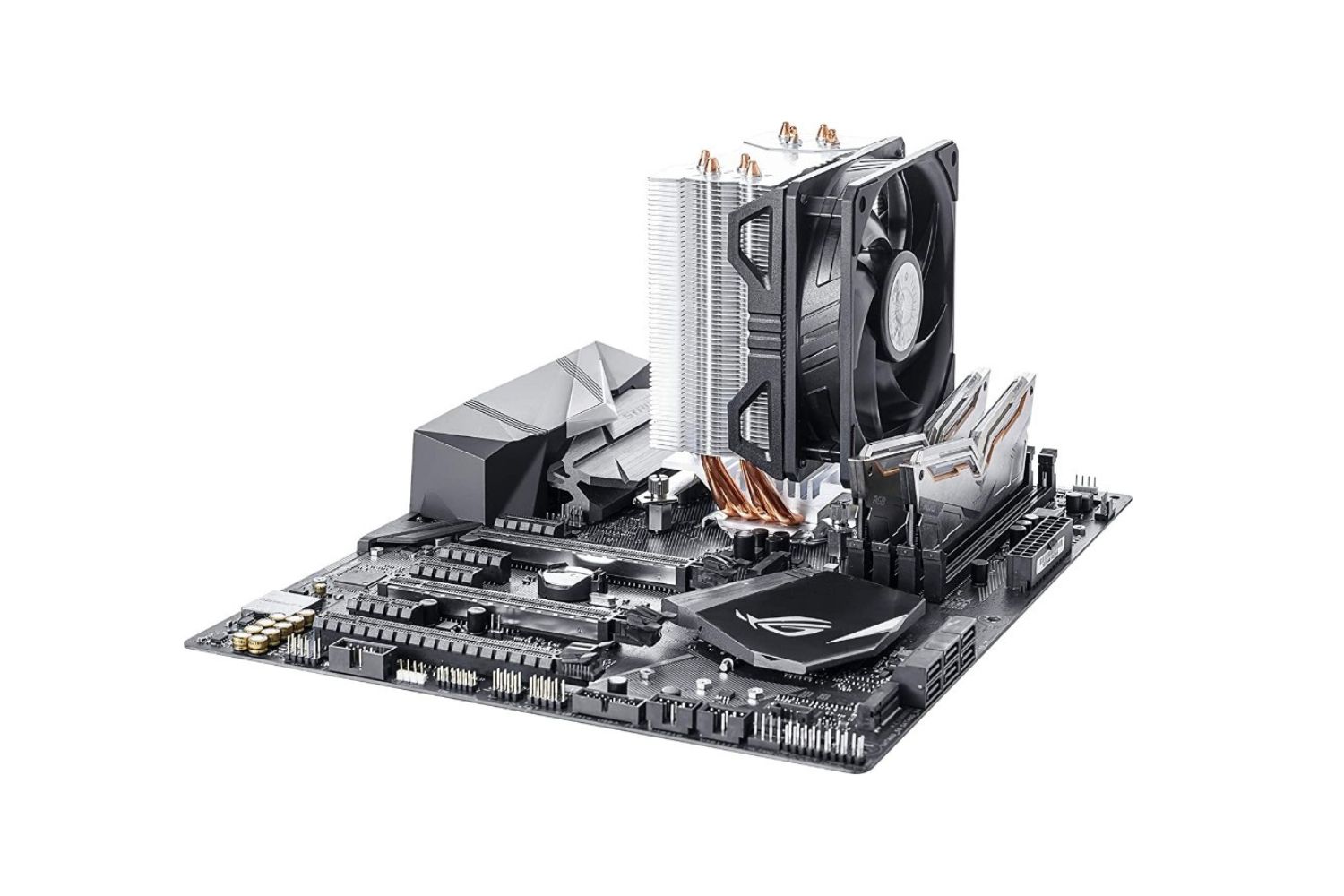Introduction
Welcome to the world of cutting-edge PC cooling solutions! One of the latest innovations in this realm is the oil-submerged PC case, a fascinating alternative to the traditional air or liquid cooling methods. These unique cases have gained popularity among computer enthusiasts, gamers, and professionals seeking superior cooling performance, reduced noise levels, and eye-catching aesthetics.
Oil-submerged PC cases transform the traditional cooling approach by submerging the components of a computer system in a non-conductive liquid, such as mineral oil or engineered coolants. This immersion provides effective heat dissipation, as the oil absorbs and disperses heat more efficiently than air or liquid cooling methods. As a result, the internal components of the PC stay cooler, reducing the risk of overheating and extending the lifespan of various hardware components.
Furthermore, the oil acts as a natural sound dampener, significantly reducing the overall noise generated by the computer. This is a substantial benefit for those who prefer a quiet computing experience, whether it be during intense gaming sessions or while working on resource-intensive tasks.
For tech enthusiasts and those seeking a unique and visually stunning PC setup, oil-submerged PC cases offer an exciting opportunity. The submerged components create a mesmerizing effect, with the oil highlighting and accentuating the intricate designs and RGB lighting of the hardware. It’s like having a high-performance PC transformed into a work of art.
Now that you have a glimpse into the world of oil-submerged PC cases, let’s delve deeper into the factors that affect their cost, the different options available, and the additional considerations you should keep in mind when exploring this innovative cooling solution.
Understanding Oil-Submerged PC Cases
Oil-submerged PC cases are a unique cooling solution that involves immersing the internal components of a computer system in a non-conductive liquid, such as mineral oil or engineered coolants. This method offers several advantages over traditional air or liquid cooling methods.
The primary objective of any cooling solution is to dissipate heat generated by the computer’s components. In traditional systems, fans or liquid cooling systems circulate air or coolant around the hardware to absorb the heat and exhaust it outside the case. However, oil-submerged PC cases take a different approach. Instead of air or liquid, the components are fully submerged in oil, which serves as a highly effective heat conductor.
Mineral oil, known for its excellent heat-absorbing properties, is commonly used as the immersion liquid. Other engineered coolants with added benefits, such as increased thermal conductivity or reduced viscosity, are also available. These oils or coolants are carefully selected to ensure high-performance cooling while maintaining electrical safety.
The oil absorbs the heat generated by the components and efficiently disperses it throughout the liquid. This results in more uniform cooling, preventing hotspots and reducing the risk of overheating. As a result, the system’s overall stability and longevity are improved.
Another advantage of oil-submerged PC cases is their noise reduction capabilities. The immersion of components in the oil naturally dampens sound, resulting in a quieter computing experience. This is particularly beneficial for users who require high-performance PCs in noise-sensitive environments, such as home offices or recording studios.
It’s worth noting that the process of setting up an oil-submerged PC case is more involved than traditional cooling methods. The components need to be carefully prepared before immersion, ensuring proper insulation and protection against the oil. Additionally, maintenance is required to ensure the oil remains clean and free from contaminants that could potentially damage the hardware.
Overall, oil-submerged PC cases offer a unique and efficient cooling solution for those seeking improved performance, reduced noise levels, and visually stunning PC setups. In the next sections, we will explore the factors that affect the cost of these cases, the different options available in the market, and the additional considerations to keep in mind when considering an oil-submerged PC case for your setup.
Factors Affecting the Cost of an Oil-Submerged PC Case
When considering an oil-submerged PC case, understanding the factors that influence its cost is essential. Several key elements contribute to the overall price of these unique and innovative cooling solutions.
1. Quality and Design: The quality of the materials used in manufacturing the case plays a significant role in its cost. Cases made from high-quality materials, such as durable metals or tempered glass, tend to be more expensive. Additionally, intricate designs, aesthetically pleasing finishes, and customizable features can drive up the cost.
2. Size and Compatibility: The size of the case and its compatibility with different motherboard form factors and component sizes can impact the cost. Larger cases with more spacious interiors may come with a higher price tag due to the increased material and manufacturing costs.
3. Immersion Liquid: The immersion liquid used in oil-submerged PC cases can affect the overall cost. Mineral oil, the most commonly used liquid, is generally more affordable. However, specialized coolants engineered for enhanced thermal conductivity or other specific properties may be more expensive.
4. Additional Components: The cost of an oil-submerged PC case may vary depending on the included components and accessories. Some cases come fully equipped with fans, filters, and other necessary components for optimal cooling, while others may require separate purchases.
5. Brand and Reputation: Well-established brands in the PC cooling industry often command higher prices due to their reputation for quality and reliability. While these brands may offer superior performance and customer support, they can also come at a premium.
6. After-Sales Support and Warranty: The cost of an oil-submerged PC case can also be influenced by the level of after-sales support and warranty provided by the manufacturer. Cases that come with longer warranties and comprehensive customer support services tend to be priced higher.
It’s important to consider these factors when determining your budget for an oil-submerged PC case. Evaluating your specific needs and priorities will help you identify the right balance of cost and features that align with your requirements.
In the next section, we will explore the different options available in the market for oil-submerged PC cases, giving you a range of choices to consider when making your purchase.
Different Options for Oil-Submerged PC Cases
As the popularity of oil-submerged PC cases continues to grow, there are various options available in the market to suit different preferences and budgets. Let’s explore some of the different options you can consider when looking for an oil-submerged PC case.
1. Pre-built Oil-Submerged PC Cases: Several manufacturers offer pre-built oil-submerged PC cases, which come complete with all the necessary components and the immersion liquid. These cases are ready to use out of the box and are a convenient option for those who prefer a hassle-free installation process.
2. DIY Oil-Submerged PC Cases: For enthusiasts looking for a more hands-on approach, DIY oil-submerged PC cases are available. These cases are typically sold without the immersion liquid and require users to set up the system themselves. DIY cases offer more customization options and allow users to choose their preferred immersion liquid and add personal touches to the build.
3. Full-Tower vs. Mid-Tower Cases: Oil-submerged PC cases are available in different form factors, predominantly full-tower and mid-tower sizes. Full-tower cases provide ample space for multiple hardware components and customization options. Mid-tower cases, on the other hand, offer a more compact form factor while still accommodating high-performance components.
4. Customizable Options: Some manufacturers offer customizable options for oil-submerged PC cases, allowing users to select specific features, materials, and design elements. These customizable cases may come at a higher price point but offer the opportunity to create a truly unique and personalized PC setup.
5. Specialty or Limited-Edition Cases: In the world of oil-submerged PC cases, you may come across specialty or limited-edition options. These cases are designed with unique aesthetics, special finishes, or collaborations with renowned artists or designers. While these cases may be priced higher, they can offer a one-of-a-kind look for your PC build.
6. Budget-Friendly Options: If you’re on a tight budget but still want to experience the benefits of an oil-submerged PC case, there are cost-effective options available. These cases may have simpler designs or fewer included components, but they still offer reliable cooling performance at a more affordable price point.
Ultimately, the choice of an oil-submerged PC case will depend on your preferences, budget, and specific requirements. Carefully consider factors such as size, compatibility, customization options, and brand reputation to find the perfect case that suits your needs.
In the next section, we will explore the average price range for oil-submerged PC cases, giving you a better understanding of what to expect when it comes to the cost of these unique cooling solutions.
Average Price Range for Oil-Submerged PC Cases
The cost of an oil-submerged PC case can vary depending on various factors, including the brand, quality, size, and additional features. To give you a general idea of the price range, let’s explore the average cost of oil-submerged PC cases.
On the lower end of the price spectrum, you can find budget-friendly oil-submerged PC cases starting from around $200. These cases typically offer basic features, a simple design, and may require some additional components to be purchased separately. While they may not have all the bells and whistles of higher-priced options, they still provide efficient cooling performance and the unique immersion experience.
In the mid-range price category, you can expect to find oil-submerged PC cases priced between $300 and $600. These cases often come with more advanced features, better build quality, and may include additional components such as fans, filters, or customizable elements. Mid-range cases usually strike a balance between affordability and functionality, making them a popular choice for many PC enthusiasts.
For premium options and top-of-the-line oil-submerged PC cases, you can expect to pay anywhere from $700 to over $1000. These cases offer high-quality materials, exceptional design, extensive customization options, and superior cooling performance. They may also come with exclusive features, advanced cable management systems, and advanced liquid cooling solutions.
Keep in mind that the average price range mentioned here is subject to variation based on factors such as brand reputation, availability of limited-edition or specialty cases, and any additional accessories or components included with the case. It’s also worth mentioning that prices can fluctuate over time due to market demand and supply dynamics.
When considering the cost of an oil-submerged PC case, it’s important to remember that this is a long-term investment. These cases offer enhanced cooling performance, reduced noise levels, and unique aesthetics. Taking into account the potential benefits and the extended lifespan they can offer to your PC components, the cost can be justified for many enthusiasts.
Now that we have explored the average price range for oil-submerged PC cases, let’s examine the important factors to consider when determining the cost of an oil-submerged PC case.
Factors to Consider When Determining the Cost of an Oil-Submerged PC Case
When determining the cost of an oil-submerged PC case, several important factors should be taken into consideration. These factors will help you assess the value and suitability of the case for your specific needs and budget. Let’s explore these factors:
1. Cooling Performance: The primary purpose of an oil-submerged PC case is to provide efficient cooling for your computer’s components. Consider the cooling performance offered by the case, including features like high-quality immersion liquid, effective heat dissipation, and optimization for your specific hardware configuration.
2. Build Quality and Materials: The quality of the case and the materials used in its construction can influence both its performance and longevity. Higher-quality materials such as durable metals or tempered glass can contribute to a higher price. Assess the build quality and materials to ensure they meet your expectations.
3. Compatibility and Expandability: Ensure that the case is compatible with your motherboard form factor and supports the components you plan to install. Consider any future expansion or customization needs to avoid limitations down the line.
4. Customization Options: Some oil-submerged PC cases offer customization options, allowing users to personalize their builds. Consider whether the case provides customization features such as modular layouts, RGB lighting options, or the ability to add custom water cooling solutions.
5. Brand Reputation and Support: Consider the reputation of the brand manufacturing the case. Established brands often provide better quality control, customer support, and warranties. Research customer reviews and ratings to gauge the reliability and customer satisfaction associated with a specific brand.
6. Additional Features and Accessories: Take into account any additional features or accessories included with the case. This could include pre-installed fans, filters, cable management systems, or integrated liquid cooling solutions. These added features can contribute to the overall value and convenience of the case.
7. Aesthetics: The visual appeal of the case is an important consideration, as it contributes to your overall PC setup. Consider factors like design, color options, and compatibility with other components to ensure a cohesive and visually pleasing aesthetic.
8. Long-Term Value: Evaluate the long-term value provided by the case. Assess factors such as durability, potential for future upgrades, and how well the case accommodates evolving technology trends. Investing in a case with long-term value can save you money in the long run by avoiding the need for frequent replacements.
Considering these factors will help you determine the overall value and cost-effectiveness of an oil-submerged PC case for your specific requirements. Remember to assess your budget and prioritize features based on your individual needs and preferences.
Next, we will compare the cost of oil-submerged PC cases to traditional PC cases, providing perspective on the investment involved in adopting this innovative cooling solution.
Comparing the Cost of Oil-Submerged PC Cases to Traditional PC Cases
When considering the cost of an oil-submerged PC case, it’s essential to compare it to the cost of traditional PC cases to gain a better understanding of the investment involved. While oil-submerged PC cases offer unique benefits, they do come at a higher price point compared to traditional cases. Let’s explore this comparison:
1. Cooling Method: Traditional PC cases rely on air or liquid cooling methods, which typically involve the use of fans, heatsinks, and radiators. These cooling solutions are generally less expensive compared to the immersion liquid and specialized components required for oil-submerged cases.
2. Price Range: Traditional PC cases come in a wide range of prices, depending on factors such as size, build quality, brand reputation, and additional features. Entry-level cases can be as affordable as $50, with mid-range cases ranging from $100 to $200. Premium cases with advanced features can reach prices over $300.
3. Immersion Liquid and Additional Components: Oil-submerged PC cases require immersion liquid, such as mineral oil or engineered coolants, which adds to the overall cost. Additionally, some oil-submerged cases may require the purchase of additional components, such as fans or filters, to optimize the cooling performance. These factors contribute to a higher overall cost compared to traditional cases.
4. Unique Benefits: While oil-submerged PC cases may be more expensive, they offer distinct advantages over traditional cases. These include superior cooling performance, reduced noise levels, and an eye-catching aesthetic appeal. The long-term benefits of improved component lifespan and quieter operation should also be considered when evaluating the cost.
5. Customizability: Both traditional and oil-submerged PC cases offer varying degrees of customizability. However, oil-submerged cases often provide more limited options due to the unique setup required for the immersion liquid. Traditional cases may offer more flexibility for specific hardware configurations and custom water cooling solutions.
It’s important to note that the cost comparison between oil-submerged and traditional PC cases is not a straightforward equation. The decision ultimately depends on your specific needs and priorities. If you prioritize advanced cooling performance, reduced noise levels, and a visually stunning setup, the higher cost of an oil-submerged PC case may be justified.
However, if you have budget constraints or prefer a more traditional cooling approach, a traditional PC case with air or liquid cooling methods may be a more cost-effective option. It’s crucial to assess your requirements and determine the optimal balance between cost, performance, and aesthetics for your individual needs.
In the next section, we will discuss additional costs and considerations to keep in mind when exploring the world of oil-submerged PC cases.
Additional Costs and Considerations
When considering an oil-submerged PC case, there are additional costs and considerations beyond the initial purchase price that should be taken into account. These factors will help you make an informed decision and ensure a seamless experience with your oil-submerged PC setup. Let’s explore these additional costs and considerations:
1. Immersion Liquid: The immersion liquid used in oil-submerged PC cases may need to be periodically replaced or topped up due to evaporation or degradation over time. This adds to the overall maintenance cost of the setup. Consider the cost of the immersion liquid and factor it into your budget for long-term maintenance.
2. Hardware Compatibility: Ensure that the components you plan to use in your oil-submerged PC setup are compatible with the case. Some specialized components, such as water-resistant motherboards or compatible cables, may be required. It’s essential to account for any additional costs associated with selecting compatible hardware.
3. Installation and Maintenance: Setting up an oil-submerged PC case requires careful preparation to ensure proper insulation and protection for the components. This may involve additional costs, such as thermal insulation materials, sealants, or specialty cables. Additionally, regular maintenance is necessary to monitor for any leaks, replace filters if needed, and ensure the immersion liquid remains clean and contaminant-free.
4. Power Consumption: Oil-submerged PC cases may require a higher power supply wattage to accommodate the cooling demands of the components. This increased power consumption can result in higher electricity bills. Consider the potential impact on your energy costs when budgeting for an oil-submerged PC setup.
5. Noise Reduction: While oil-submerged PC cases offer reduced noise levels compared to traditional cases, additional measures such as fan controllers or damping materials may be required to further reduce noise. These components may come with additional costs that should be considered when planning your setup.
6. Functionality and Upgradability: Evaluate the functionality and upgradability of the oil-submerged PC case you plan to purchase. Some cases may have limited expansion options or challenges when making hardware changes. Consider how a specific case aligns with your future upgrade plans to avoid potential limitations or costs down the line.
7. Personal Preferences: Finally, consider your own personal preferences and priorities. Assess the importance of features such as aesthetics, brand reputation, or customer support when it comes to selecting the right oil-submerged PC case. These factors may influence your decision and impact the overall cost.
By considering these additional costs and considerations, you can make an informed decision and ensure a smooth experience with your oil-submerged PC case. Remember to evaluate your budget, long-term maintenance requirements, and personal priorities to select a case that meets your specific needs.
Now that we have explored these additional costs and considerations, we can conclude by emphasizing the importance of thorough research and careful planning when venturing into the realm of oil-submerged PC cases.
Conclusion
Oil-submerged PC cases offer a unique and innovative cooling solution for computer enthusiasts and professionals seeking superior performance, reduced noise levels, and visually stunning setups. Throughout this article, we have explored the various aspects of oil-submerged PC cases, including their advantages, factors affecting the cost, different options available, and additional considerations.
Understanding the factors that influence the cost is crucial when evaluating the value of an oil-submerged PC case. These factors include the quality and design of the case, compatibility with components, immersion liquid, brand reputation, customization options, and after-sales support.
Comparing the cost of oil-submerged PC cases to traditional PC cases has highlighted that while oil-submerged cases may come at a higher price, they offer distinct advantages in terms of cooling performance, noise reduction, and aesthetics. The decision between the two ultimately depends on individual preferences, requirements, and budget constraints.
Additional costs and considerations, such as the cost of immersion liquid, hardware compatibility, installation and maintenance, power consumption, noise reduction measures, and personal preferences, should not be overlooked when budgeting for an oil-submerged PC case.
Overall, careful research, thorough planning, and a clear understanding of your specific needs are essential when considering an oil-submerged PC case. By weighing the costs, benefits, and long-term value, you can make an informed decision that aligns with your priorities and ensures a satisfying and efficient PC cooling experience.
We hope that this article has provided valuable insights to aid you in your exploration of oil-submerged PC cases. Whether you decide to dive into this innovative cooling solution or opt for a traditional case, may your PC setup bring you joy, performance, and a visually captivating computing experience. Happy building!







